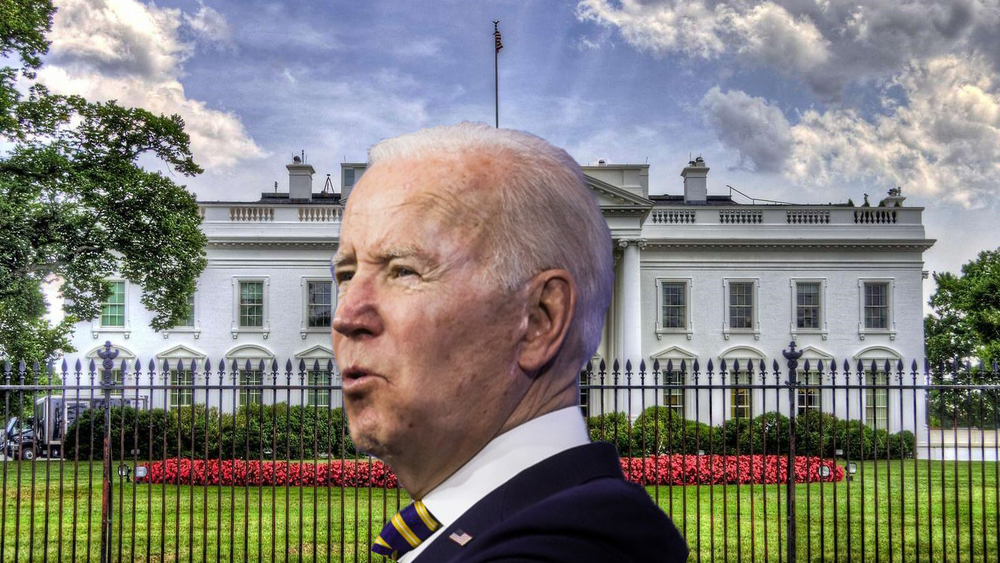
For Koreas, Will 2019 be ‘Fire and Fury’ or New Era of Peace?
For Koreas, Will 2019 be ‘Fire and Fury’ or New Era of Peace?

SEOUL, SOUTH KOREA —
From “fire and fury” to talks of a new era of peace on the Korean Peninsula, 2018 was a significant year of engagement for the once reclusive North Korean leader Kim Jong Un, including multiple meetings with South Korean President Moon Jae-in and a summit with U.S. President Donald Trump in Singapore.
But to fully understand the events of the past year, it’s important to revisit key events in 2017 that created the momentum for the detente achieved in the past 12 months.

‘Rocket man’ to summit
In August 2017, Trump took a harsh stance against Kim for threatening the United States.
“North Korea best not make any more threats to the United States,” Trump said. “They will be met with fire and fury like the world has never seen.”
The remarks elicited a rebuke from North Korea.
“We cannot have a sound dialogue with a senile man who can’t think rationally and only absolute force can work on him,” Pyongyang said. “This is the judgment made by our soldiers of the Strategic Force.”
Trump took aim at North Korea again at the 2017 United Nations General Assembly where he proclaimed, “Rocket man is on a suicide mission for himself and for his regime. The United States is ready, willing and able, but hopefully, this will not be necessary.”
Which led Kim Jong Un to announce during his New Year’s address that the “entire United States is within range of our nuclear weapons,” a statement linked to the successful Hwaseong-15 intercontinental ballistic missile test in November adding, “This is a reality, not a threat.”

2018 begins with hope
Following Kim’s Jan. 1 address, the tone on the peninsula changed. South Korea’s president reached out to Pyongyang to partner with South Korea during the 2018 Winter Olympics in PyeongChang.
North Korea’s high-level delegation to the event included Kim Jong Un’s sister, Kim Yo Jong. She attended the opening ceremony, sitting along side President Moon and U.S. Vice President Mike Pence and was the first member of the ruling Kim family to cross the border since the 1950-53 Korean War.

Yongwook Ryu of the Institute for North Korean Studies commented on the change taking place on the peninsula.
“In 2017, we witnessed very high tensions, but beginning from 2018, hopes have been raised that Inter-Korean relations would improve [and that] the U.S.-North Korea relations also would improve,” he said.
In April, Moon held the first of three summits with Kim. The pair agreed to work toward denuclearization, ease military tensions, and improve inter-Korean relations.
Their third summit in September brought about concrete plans to promote economic ties between the two countries and reduce the chances of skirmishes.

In June Trump and Kim met in Singapore. It was the first meeting ever between a North Korean leader and a sitting U.S. president.
Significant or window dressing?
Ryu calls the April inter-Korean summit and the June Singapore summit two of the most significant events during the past year.
He said the Panmunjom Declaration, signed by Moon and Kim in April “was a significant improvement on all the previous inter-Korean summit decorations in terms of making progress in inter-Korean relations with a number of integration projects that seek to develop [the] North Korean economy and invite North Korea to the international community.”
However, the Asan Institute’s Seong Whun Cheon downplayed the importance of the summits, criticizing the lack of concrete outcomes and noting Kim Jong Un made his intentions clear during his New Year’s address.
“They (the summits) are not big moments … it’s window dressing without substance,” Cheon said.
“In order to understand the current issue we’re facing,” he added, “I think we have to read his [New Year’s address] very carefully once again. The first thing he did … was to proclaim that he accomplished his mission of becoming a nuclear weapon [state].”
He said that Kim further ordered North Korea to “mass produce” nuclear warheads and ballistic missiles before beginning his economic and cultural engagement policies with the world.
Since the third inter-Korean summit in September, North Korea denuclearization talks have stalled and their future remains unknown as 2019 approaches.

2019 unclear
During the September inter-Korean summit, Moon invited Kim to visit Seoul. It was a visit that he had hoped would take place before 2019 arrived, but that looks nearly impossible. The Moon administration is still hopeful a visit could take place in early 2019, but no details have been made public.
Likewise, Trump has indicated a willingness to meet for a second time with Kim in early 2019, but details of such a summit remain absent.
Cheon would like world leaders to take advantage of the “optimistic moment” and persuade Kim Jong Un to abandon his nuclear weapons, creating a nuclear-free Korean Peninsula.
“The yardstick to use whether the past year was successful in terms of increasing peace and security on the Korean Peninsula is whether Kim Jong Un has made a full commitment [and] to give up nuclear weapons,” he said.
However, in his assessment, Kim has not made such a commitment, and Cheon predicts the current impasse with North Korea will continue for years to come, if not decades.
Ryu sees a number of likely scenarios taking place in the forthcoming year.
“I think the best scenario for everybody is [for] Kim Jong Un [to change] his mind and become serious about denuclearization,” he said, “If he takes steps towards denuclearization, then South Korea, USA, along with many other countries in the international community would provide economic benefits to his government. And that’s good for him.”
But “unless we see an entirely different North Korean society [that] have a different view about nuclear weapons … we cannot change anything,” Cheon said.

Cheon believes the key to a nuclear-free Korean Peninsula is transforming North Korean society and making the population “believe nuclear weapons are actually harmful” and negatively affect their “personal and their country’s prosperity.”
He noted this is not something that can be achieved quickly, but is a “long-term game.”
If no real progress is made on North Korean denuclearization, Ryu thinks it may be likely that more pressure may be applied to Pyongyang, and events could return to levels of tension last seen in 2017.
Lee Ju-hyun contributed to this report.
 2-Year-old Yemeni Boy Whose Mom Sued US to see Him Has DiedNext PostTrump Says Democrats Should Take the Initiative To End Government Shutdown
2-Year-old Yemeni Boy Whose Mom Sued US to see Him Has DiedNext PostTrump Says Democrats Should Take the Initiative To End Government Shutdown







